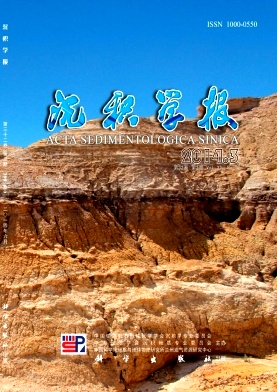Characteristics and Effects on Gas Accumulation of the Sinian-Lower Cambrian Temperature-pressure Field in the Central Paleo-Uplift, Sichuan Basin
- Received Date: 2013-04-27
- Rev Recd Date: 2013-08-26
- Publish Date: 2014-06-10
-
Key words:
- temperature /
- pressure /
- basin modeling /
- gas accumulation /
- the central paleo-uplift
Abstract: The evolution of maturity of the Sinian-Lower Cambrian source rocks was reconstructed, and the starting time for oil cracking was also determined on the basis of the tectono-thermal history of Central Paleo-uplift, Sichuan Basin. The pressure evolution of some typical wells and 2D profile was simulated and the genetic mechanism of abnormal pressure in the Sinian-Low Cambrian was analyzed. The evolution of maturity indicated that the Sinian-Lower Cambrian source rocks experienced four stages, including first oil generation, second oil generation, kerogen cracking and late oil cracking. Oil cracking started at Middle-Late Triassic. The paleo-pressure evolution of the Sinian-Lower Cambrian consists of normal pressure, overpressure and pressure relief. The pressure coefficient of Cambrian maximized about 1.7 in Middle Cretaceous, and it was higher in Weiyuan-Ziyang area than Gaoshiti-Moxi structural belt. Rapid burial, hydrocarbon generation and late oil cracking are the primary factors for the overpressure. The excess pressure was relieved due to the tectonic uplift in Yanshan-Himalaya Periods, which resulted in the normal pressure in Sinian of the whole area and in Cambrian of Weiyuan-Ziyang area. However, the pressure coefficient of Cambrian maintains a high value about 1.5 in Gaoshiti-Moxi structural belt. The evolutions of temperature and pressure impacted gas generation, migration, accumulation and preservation significantly.
| Citation: | Characteristics and Effects on Gas Accumulation of the Sinian-Lower Cambrian Temperature-pressure Field in the Central Paleo-Uplift, Sichuan Basin[J]. Acta Sedimentologica Sinica, 2014, 32(3): 601-610. |






 DownLoad:
DownLoad: